Couples Inpatient Drug Rehab Covington Kentucky Addiction Treatment
Covington Kentucky Couples Drug Rehab: What To Expect
Accomplishing sobriety can be a hard undertaking for any person handling substance abuse and addiction, but when partners in a romantic couple have an addiction, quitting can offer a lot more of a problem. Couples who abuse alcohol and drugs typically combat with each other and experience an ever-increasing psychological variety between each other. This could, in turn, cause increased substance abuse in a vicious cycle as one or both members of the couple continue to utilize as a source of tension relief or to leave from their growing issues. Fortunately, couples rehab centers offer customized care and rehab for couples along with cohabitating couples who are battling with drug abuse problems.
What Is Couple Addiction Treatment?
Looking for addiction treatment together in a Covington Kentucky rehab for couples can be helpful for a variety of reasons, particularly when both partners are committed to the relationship and to winding up being tidy and sober. Providing that both partners want to begin the healing process, couples rehab can assist not just break the cycle of addiction, nevertheless similarly fortify the relationship by assisting the couple to have a look at and alter the concerns that resulted in their addiction in the very first place.
Couples who are addicted to drugs or alcohol often experience troubles with setting limitations, revealing sensations, making choices, parenting, and handling financial resources. Couples rehab materials education, capabilities, training, and therapy to assist partners to accomplish improved methods of handling these troubles. Even if just one partner has an addiction, the other partner can benefit from couples rehab by finding to handle specific triggers and helping the other stay sober. Whether one or both partners require addiction treatment, specialized couples rehab teaches the tools needed to get rid of challenges, avoid relapse, and accomplish lasting healing.
Before Entering Into Couples Rehab: Heres What You Need to Know
In addition to the basic treatments for drug abuse, individuals in couples rehab can prepare for concentrating on the health of their relationship. Personal treatment is valuable for resolving the drug abuse problem, however, might neglect or put a lower focus on relationship issues. Combining relationship counseling and drug abuse treatment in couples rehab deals with the concern from all angles, which can supply the best chances for recovery and for rehabilitating the relationship. Couples alcohol and drug rehab also supply a structure for life after treatment, as the couple may face uncharted area when they both begin living neat and sober lives.
Couples rehab can be either inpatient or outpatient or a combination in which one partner is dealt with as an inpatient and the other participates in sessions as an outpatient. The format you select depends mainly on your special requirements as a couple and whether one or both partners are having a problem with a substance abuse problem.
Throughout the course of inpatient treatment, the individual battling with drug or alcohol addiction lives at a residential drug rehab center, whereas outpatient rehab enables the client to continue living in your house while receiving treatment at the center. Despite the format, medical research reveals that partners who go to couples rehab for drugs or alcohol together report a greater degree of abstaining, greater levels of satisfaction with the relationship, and much better working within the household than couples who just choose particular addiction treatment.
Handling substance abuse issues with the particular tools and methods utilized in couples rehab allow you both to concentrate on obtaining sobriety and repairing and strengthening your relationship. The prospective result is a lasting recovery, and a healthier, better, and substance abuse-free relationship.

Your addiction doesn’t have to control your life or your relationship. Don’t wait until the damage is irreparable. Call our expert staff for more information!
Detoxing in Couples Rehab
The initial duration of cleaning can be severe for lots of clients, medical and psychiatric employee will be on hand continuously to supply efficient assistance. For instance, within a number of hours after the last dosage of heroin, those experiencing an addiction to the opioid will often experience some of the following withdrawal symptoms:
- Sweating
- Excessive yawning
- Anxiety
- Agitation
- Muscle pains
- Increasing watering of the eyes
- A runny nose
- Sleeping disorders
Although these signs aren’t hazardous, they can be quite unpleasant, which is why it’s advantageous for these customers to get psychiatric and healthcare while detoxing from drugs. A variety of issues can turn up for customers in their very first few hours of detox. The most immediate need will be resolved at first, followed by the next and the next until complete stabilization has really been developed. Some examples of possible problems include:
- Violence. Some drugs can increase violent behaviors in users. For instance, individuals who abuse synthetic cathinones, or “bath salts,” might be more at danger of injuring themselves or others. Patients who are a danger to others might need sedation or restraint to secure them and medical suppliers. These measures are only necessary if the client ends up being physically aggressive and tries to hurt the employee.
- Symptoms of psychosis. Psychosis is a hazardous problem induced by the results of some drugs, such as a drug. If somebody utilizes excessive amounts of cocaine, they can become paranoid and even experience full-blown psychosis. Signs include visual and acoustic hallucinations and delusional thinking. Other reasons for psychosis include the presence of a co-occurring psychological health disorder, such as schizophrenia, or an absence of sleep due to stimulant use. Someone who is suffering from psychosis can act erratically and end up being unforeseeable. It is necessary to address this concern and treat the client appropriately before continuing with further interventions
- Injury. In some cases, clients might have hurt themselves while under the impact of drugs or been physically or sexually attacked before entering detox. For example, phencyclidine, or PCP, is an effective dissociative drug that can cause sensations of increased strength and invulnerability. Due to this misconception, PCP users are most likely to put themselves in harm’s method due to the fact that they’re under the impression that they won’t get harmed. They’re also at an increased threat for suicidal behaviors, which can result in injury if suicide is not completed. Any physical injury should be treated instantly prior to addiction treatment is provided.
- Medical health problem. Many individuals who experience chronic, debilitating discomfort are prescribed opioid painkillers. Unfortunately, it’s possible to establish a reliance and subsequent addiction to these medications. As the patient begins to detox from the prescription opioid, their severe pain will return in addition to unpleasant withdrawal signs. It is necessary to be knowledgeable about the individual’s medical history and deal with the signs of pain properly prior to continuing.
- A threat to self. Withdrawal from opioids and other substances can be connected with severe depressive symptoms that might be connected to suicide efforts and finished suicides. Clients who show self-destructive behaviors or thoughts need to be safeguarded at all times. When these intense problems have actually been examined and determined during evaluation, they’ll instantly be treated until they have actually passed or the client has actually been supported. At that time, attention and focus can rely on handling withdrawal symptoms associated with detox.
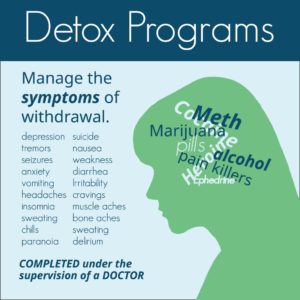 Source:drugrehab.org
Source:drugrehab.orgWithdrawal Symptoms
According to a research study on drug withdrawal, the abrupt cessation of numerous classes of drugs will lead to very various sets of withdrawal symptoms. In addition, the indications experienced and their strength will likewise vary from private to private. Components that influence personal experiences with withdrawal include:
- The length of addiction. Daily use for an extended period can trigger lead to high levels of tolerance and more extreme withdrawal symptoms.
- The combination of compound abuse, including alcohol. A comorbid reliance on alcohol and drugs can develop a unique constellation of withdrawal signs, which might magnify one another.
- The dose of the drug when the customer gets in detox. Tolerance establishes from consistent drug abuse. Hence, dosages should be increased in order to feel the favored results. The greater the do used, the more likely it is that withdrawal signs will be serious.
- The presence of co-occurring physical or mental illness. If a patient battles with a mental health condition such as depression or stress and anxiety or a physical condition such as persistent discomfort, these symptoms might be enhanced due to withdrawal and trigger substantial distress.
- The half-life of the drug. In general, if the drug is short-acting, withdrawal symptoms will happen more instantly after the last dosage. If it’s long-acting, withdrawal syndrome might be delayed a couple of days.
According to the Addiction study, typical withdrawal symptoms that develop in association with a number of drug types include:
- State of mental disturbances. This can suggest a state of mind swings, irritation, and/or agitation.
- Sleep disturbances. Sleeping disorders regardless of extreme fatigue are common.
- Physical issues. These may include chills, sweating, tremors or shaking, along with flu-like symptoms, including a runny nose and headache, nausea, and vomiting.
- Cravings. The desire to utilize the drug of choice in order to stop the withdrawal signs is strong
Residential Treatments for Couples
To begin with, what is the residential treatment? Covington Kentucky Residential treatment focuses supply a highly structured, tracked environment in a home-like setting that provides property owners serenity as they begin their long-term healing. As a result, these assists guarantee that residents do not have access to their drugs or alcohol while in their program which they can get full-time assistance throughout their recovery.
There are various choices readily available when it pertains to dealing with alcohol and drug addiction. However, everybody is stemming from a different background, household, and experiences. For that reason, our company believes that their treatment technique needs to not just consider that, however, make it the focal point of their treatment experience.
What Treatment Techniques Are Utilized?
There are various treatment techniques readily available for various types of substance addiction. Typically speaking, most treatment centers depend on some sort of behavioral therapy to handle addiction issues, due to the fact that behavior modification promotes positive and long-lasting change. Behavioral therapy teaches couples brand-new methods of engaging, helps increase positive interactions, and promotes clear and useful interaction. This assists couples accomplish abstaining and establish happier and much healthier relationships.
Some common treatment approaches utilized in couples rehabilitations consist of:
- Behavioral Couples Therapy (BCT). BCT is developed to help couples experiencing drug and drug abuse by utilizing behavioral adjustment approaches. One of the main approaches this is achieved is through the development of a “recovery contract” with your partner. The recovery arrangement needs that you mention your objective not to consume or utilize drugs every day, while the task for your partner is to supply help for this objective.1,3 In BCT, the couple is usually seen by a therapist once or twice weekly in a personal or scientific setting to talk about goals and develop and enhance brand-new coping capabilities. Frequently, therapists might set up group treatment sessions, in which many couples are seen concurrently.3.
- Alcohol Behavioral Couple Therapy (ABCT). For couples having a difficult time especially with alcoholism, ABCT is an approach comparable to BCT that draws on different psychotherapeutic styles to promote abstinence and boost healthy operating within the relationship. This is an outpatient type of treatment that intends to increase interaction, analytical, self-control, and contingency-management capabilities in order to assist the couple to achieve sobriety.
- Medication-Assisted Treatment (MAT). This addiction treatment approach supplies extensive treatment to take care of the substance abuse and uses medications– such as methadone, buprenorphine, or naltrexone– to decrease withdrawal signs, help in cleansing, and provide upkeep once the detox duration has actually ended. MAT likewise consists of education for non-addicted partners on how to finest support the healing of their partner.
- 12-step conferences, such as Recovering Couples Confidential (RCA). Couples rehab centers frequently provide 12-step conferences as an extra type of assistance for recovering from alcohol and drug addiction. Many couples select to continue taking part in RCA conferences after completing treatment. Comparable to another sort of 12-step healing groups, the focus is on submitting to a greater power and overcoming the 12 steps of recovery with the support of a sponsor, however, RCA also stresses the value of the couple remaining devoted to each other and to their shared sobriety.
Couples Rehabilitation Centers
IOP Programs Covington, Kentucky For Couples
In general, there are 2 primary sorts of addiction treatment: inpatient and outpatient.
With a Couples inpatient or residential program, clients enter into a specialized center and stay on the website throughout of the treatment. In an outpatient program, the private participates in sessions, conferences, workshops, and conferences, and after that goes home each night. Outpatient programs vary from substantial outpatient programs (IOPs) to less structured general outpatient designs. An IOP is normally extremely similar to a residential program in its structure and intensity, with the primary difference being that the particular returns house to sleep each night.
Elements of Intensive Outpatient Programs
An extensive outpatient program can be the very first line of treatment, a step up from a less structured outpatient program when required, or a step down from a residential program after a certain amount of development is made. This assists to form a smooth continuum of care. Individuals might take part in a detox program prior to taking part in an IOP when drugs or alcohol are still in the body and need to be safely processed out.
While IOPs can differ as to what is included, in general, there are several core services typically utilized, according to the Substance Abuse and Mental Health Providers Treatment Improvement Treatments (SAMHSA TIP). These consist of:
- Group and specific therapy sessions
- Behavioral therapy sessions (both private and in a group setting).
- Monitoring of alcohol and drug abuse.
- Case management.
- Medical and mental health treatment.
- Medical tools.
- Life abilities training.
- Educational opportunities.
- Support system meetings.
- Access to 24-hour crisis management.
Nutritional services, fitness programs, childcare services, professional training, anger management classes, home programs, and other services might likewise be provided as part of an IOP. Goals of an IOP consist of accomplishing and protecting sobriety, and typically, drug tests are carried out to make certain compliance. Treatment and treatment sessions are utilized to teach new and trustworthy methods to interact, manage stress, improve analytical and coping skills, and customize unfavorable concepts and routines into more favorable ones. Group sessions can offer consumers with insight from others who are also battling with addiction.
Reach out to us day or night – Our caring Treatment Consultants are waiting for your call right now. Call Now
The Benefits of Couples IOP
An outpatient program may be more cost-effective than a residential one, providing families a more affordable alternative for care. Insurance coverage may also cover outpatient services or require people to attempt outpatient care prior to offering protection for a residential program.
IOPs are generally best matched to individuals who have a strong support system in your home. Households and enjoyed ones require to be on board with the treatment method, and prepared and able to promote a motivating environment that is conducive for recovery. Extremely trained professionals work closely with homes and individuals to make sure that the care strategy continues to be useful throughout the whole of an IOP, making modifications to services and programs when needed.
“In 2014, roughly 21.5 million Americans struggled with addiction, as released by the National Study on Substance Abuse and Health (NSDUH). That’s over 8 percent of the entire population over the age of 12 in the United States, making addiction a significant and relatively common illness. It is likewise complicated and extremely individual in nature, and no 2 treatment plans will look precisely the very same. Each person will require to seek out care that is ideal for their private case.”
Living in a Sober Home as a Couple
Sober living houses are substance-free living environments for people in healing from alcohol and drug addiction. These kinds of homes vary from rehab centers. These houses are generally discovered in tranquil communities, similar to an average house. Individuals who reside in a sober living house can typically repeat as they please as long as they follow curfew and rules and regulations. Locals are typically required to take random drug tests to make sure sobriety. People who reside in sober homes are expected to be liable on their own, pay for the lease, and purchase and prepare their own food, similar to if they were living in a regular house.
Learning how to live sober separately is an essential part of the healing treatment. A lot of addicted individuals have an enabler in their life who would normally do these things for them. Dealing with this enabler made it so they never required to learn how to live separately and take the task for their actions. Sober living houses need a specific level of accountability from their citizens and make it possible for chances for individual growth.
Main Reasons for Living in a Sober Living House
- Responsibility
- Safe and sober living environment
- Strong support group
- Fulfilling similar people in sobriety
- Routine drug testing
- Safe integration back into society
- Clean slate
Where to Live After Rehab: Making the Right Choice
There are numerous factors to return house or move into a sober living home, but just you can determine which option is the best choice for you. If you’re anxious about sobriety when leaving treatment, a sober living house might be the best method to abstain from all drug and alcohol usage and gain some sobriety experience before returning to society on your own. If you are not sure, please contact CouplesRehabs today to speak to an admissions expert.
Want more information on how couples rehab in Covington, Kentucky can heal your relationship and free you from addiction.



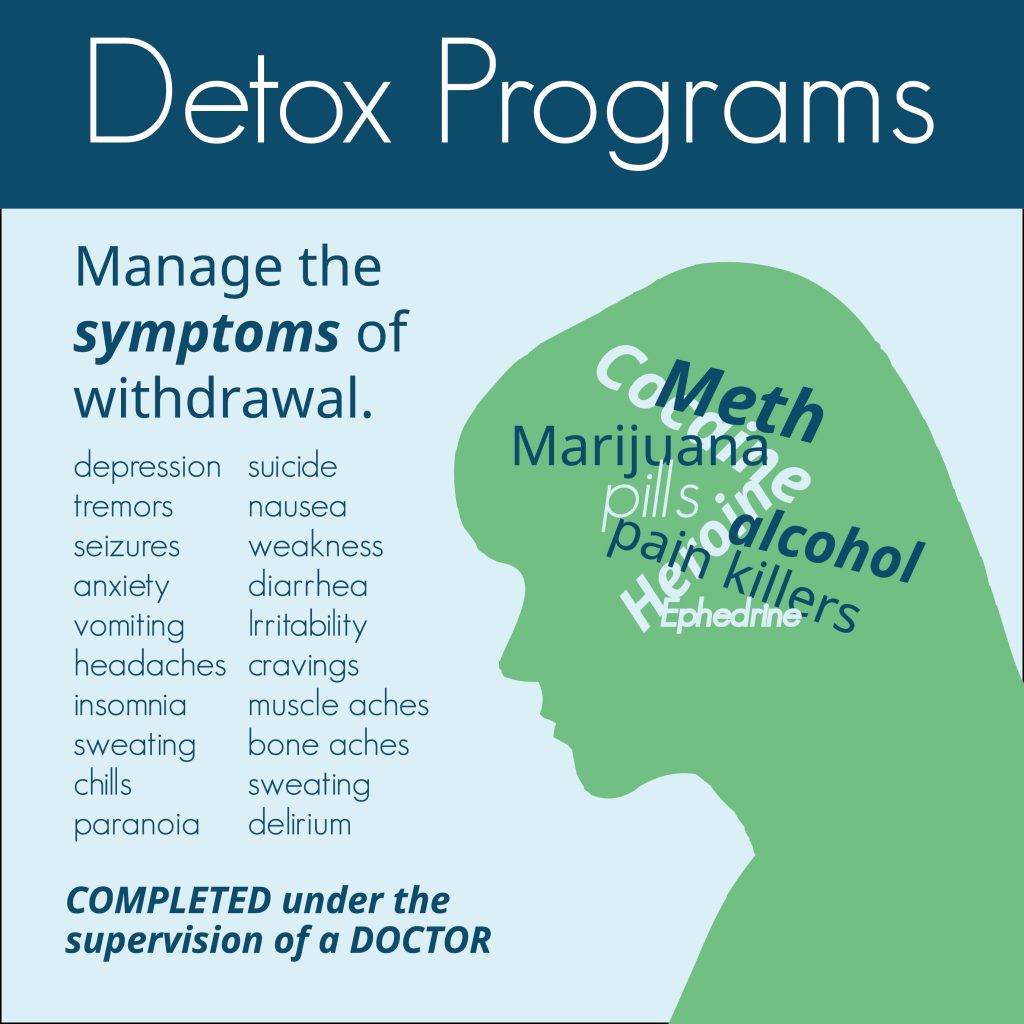


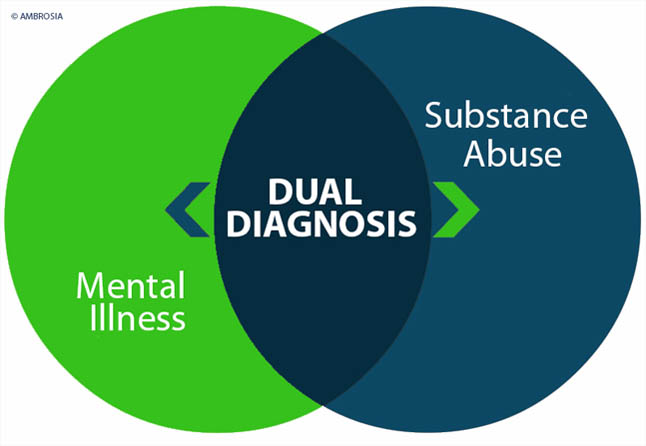







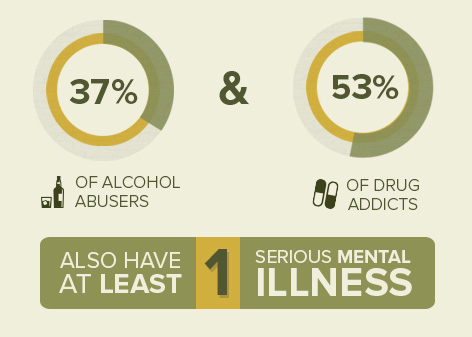


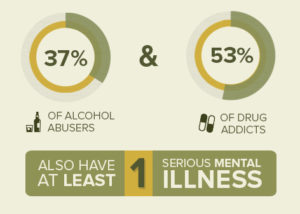




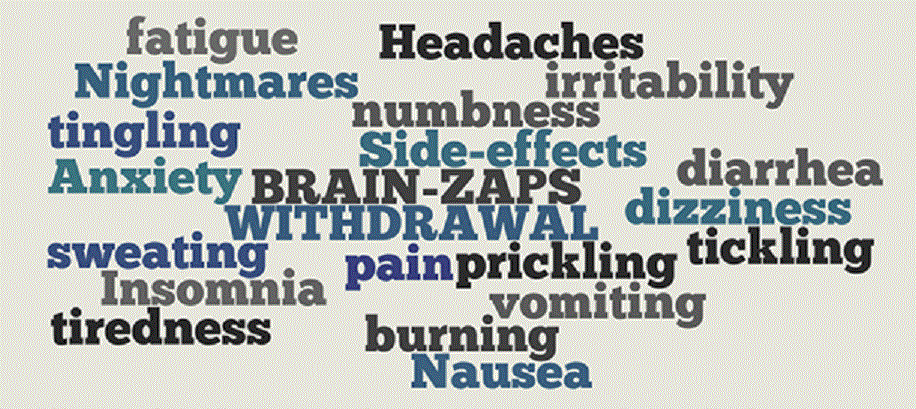


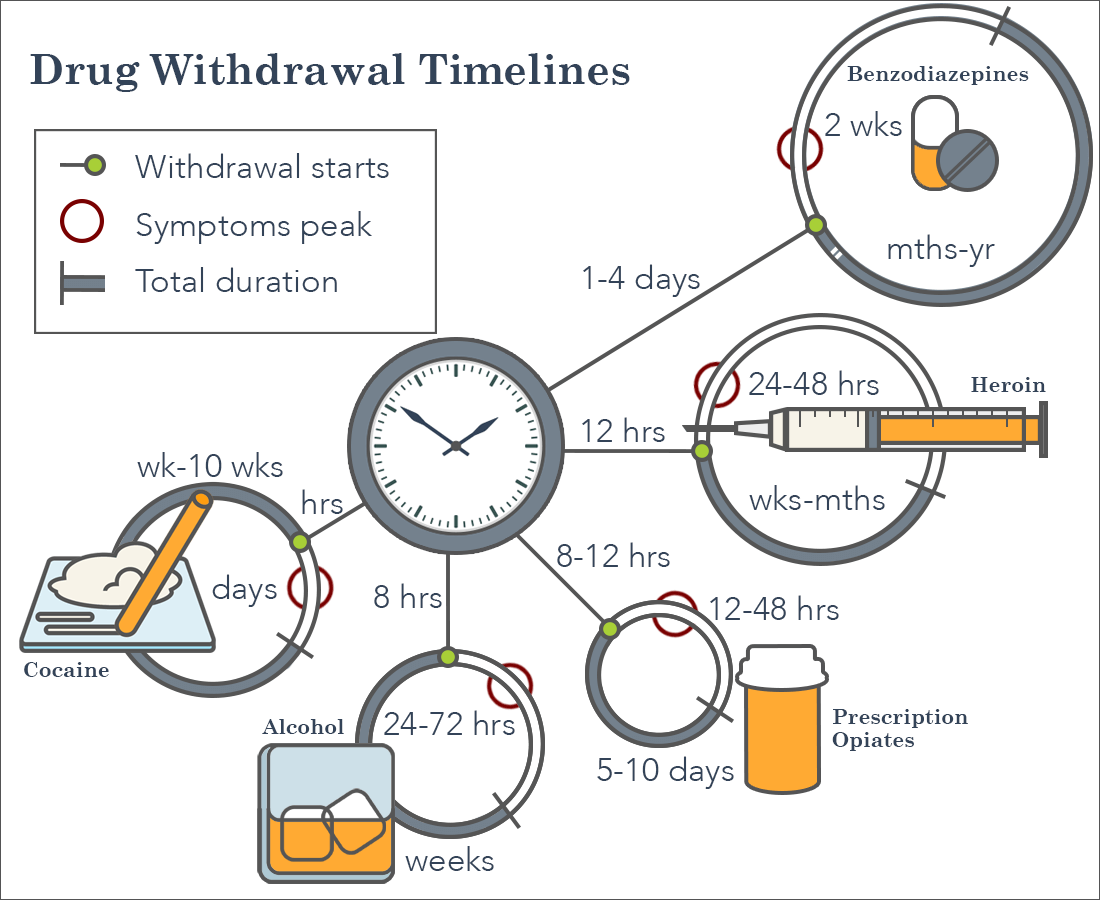

Recent Comments